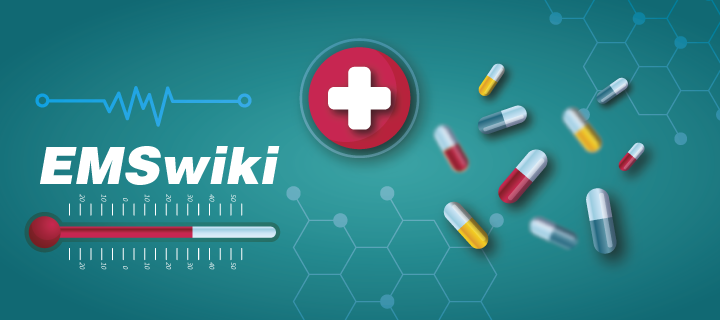
Mammography: A Crucial Tool in the Fight Against Breast Cancer
Learn how mammography works and why it is essential for early detection
What is Mammography?
Mammography is a healthcare imaging method that uses low-dose X-rays to examine breast tissue for any potentially dangerous changes. This check-up is considered the best tool for early detection of breast cancer because it can detect growths and small deposits of calcium before they can be felt or seen.
Mammography Procedure
Mammography involves compressing a person’s breast between two flat surfaces. This compression action helps X-rays penetrate better and provides a clearer view of the interior. Some people may experience discomfort, but it’s important for obtaining good image quality. Subsequently, a radiologist reviews these images to check for any unusual signs.
Importance of Mammography
Getting a mammogram is crucial. Not only for early detection of breast cancer but also for monitoring the breast after diagnosis and therapy. Experts suggest regular check-ups, especially for women over 40 or at high risk, as early detection significantly increases the chances of successful treatment and survival.
Preparation and Follow-Up
It’s important not to apply deodorants, powders, or creams to the breast area before mammography, as they can appear as calcifications on X-ray images. After the exam, results are typically communicated within a few weeks; in case of abnormalities, further diagnostic tests such as ultrasound or biopsies may be necessary.
What is Breast Cancer
Cancer that affects breast tissues is known as breast cancer. It usually originates in the cells lining the milk ducts or the milk-producing glands. These cells can mutate and divide rapidly, forming a mass that invades nearby structures or spreads elsewhere. Women worldwide are most exposed to the risk of breast cancer, although men can develop it less frequently. Early diagnosis through screenings like mammography significantly improves treatment success and survival chances. In addition to genetic factors, lifestyle choices and certain hormonal conditions can also influence the likelihood of developing this type of tumor.
Sources


